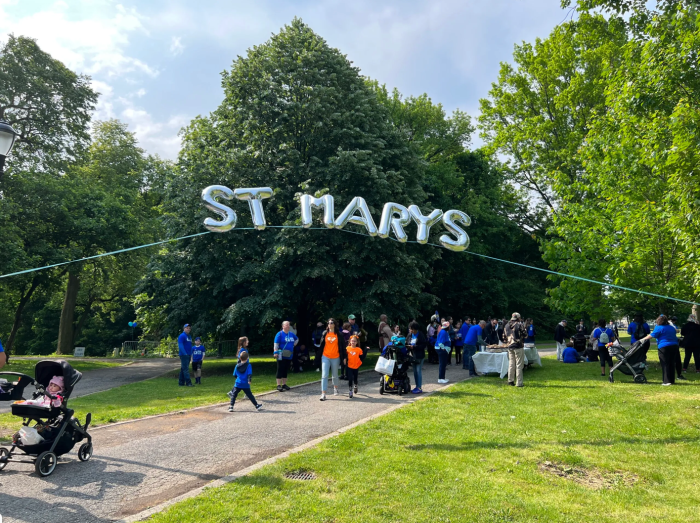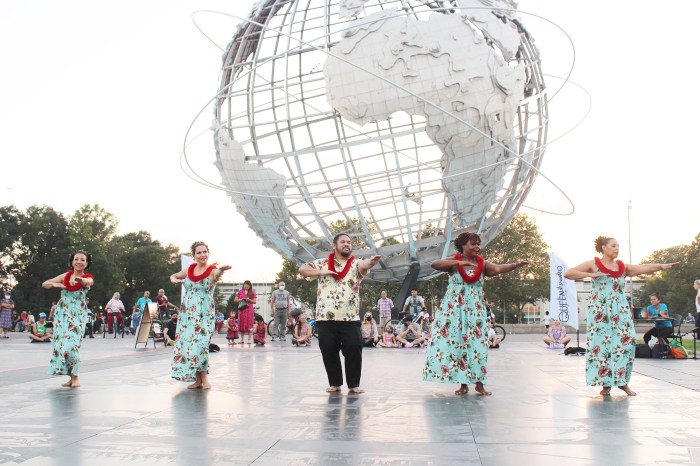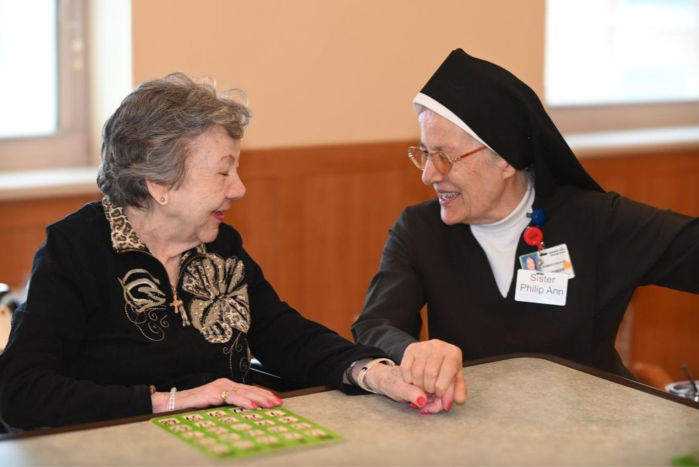By The Greater Astoria Historical Society
Supporting a bid to stem juvenile delinquency in May 1952, Queens District Attorney T. Vincent Quinn hailed a court decision upholding a ban on certain publications as a “timely and powerful aid” to end the sale of “objectionable literature” at local newsstands.
Judge Thomas Corcoran’s refusal to vacate the ban paved the way for a trial of five vendors accused of possessing and intending to sell “adult” and “girlie” magazines near Jamaica High School. Quinn affirmed the judge’s decision, stating that “the free availability of obscene literature, particularly to members of the adolescent class, constitutes a grave social crisis.”
l
Speaking of court actions, The Star Journal also reported that in Long Island City, County Court Judge Peter Farrell imposed the latest sentence on infamous bank robber and prison escape artist William “Willie” Sutton.
He was given a 30-year term at Sing Sing for his latest role in holding up the Manufacturer’s Trust Co.’s Sunnyside branch. Sutton was no stranger to the legal process: This was his fourth sentence in New York alone.
He incurred a 25-to-50-year sentence in Pennsylvania for felonies that included possession of a machine gun and theft of a tear gas gun as well as robbery, his specialty.
Sutton’s contempt for law and order was by now the stuff of legend. He first broke loose from prison with six years left on his sentence for a Queens burglary in 1926. He was caught five years later for robbing a Manhattan jewelry store, an exploit that got him 30 years in the big house.
On top of this, Sutton was sentenced to 15 years to life for gun possession. All said, this irrepressible criminal, who allegedly claimed to rob banks because “that’s where the money is,” would have to be 148 before being eligible for parole.
Star Journal reporter Robert Bigelow grimly observed: “To Willie the sentence was nothing more than another straw on the camel’s back that has long since broken under the load. He owes enough time to stagger a Methuselah.”
l
On May 12, 1952, an ongoing strike of 90,000 oil workers managed to ground low-flying planes at LaGuardia and Idlewild — today John F. Kennedy International — airports. Cancellations of flights, which included many upcoming holiday trips for passengers, were being announced as the Wage Stabilization Board set out to persuade a coalition of 22 American Federation of Labor, Congress of Industrial Organizations and other independent unions to resume work. The AFL and CIO later joined in 1955.
As the strike began about two weeks before on the last day of April, its length now cut into aviation fuel reserves. The task before the WSB was to obtain the following day a “full report” of both union and company representatives.
The unions sought higher nighttime shift differentials and an increase of 18.5 cents in their hourly wage, which they dropped from 25 cents. Current wages were from $2 to $2.12 an hour. For their part, the oil companies refused to go beyond 15 cents.
l
It was the time of the Cold War, and its direct effect was not lost on Queens residents. Capt. James Hoey Jr., son of the treasurer of the Bayside Hills Civic Association, was slated to participate in tests at the Atomic Energy Commission Proving Grounds in Nevada.
Having witnessed a recent atomic test explosion, Hoey joined 2,000 of his fellow Marines in a mock assault near the core of the atomic impact area. His provisional battalion was flown in from California’s Camp Pendleton to partake in the exercise, which included operations with atomic weapons, the handling and use of equipment exposed to an explosion and “the newest developments” in physical protection.
For more information, call 718-278-0700 or visit astorialic.org.

































